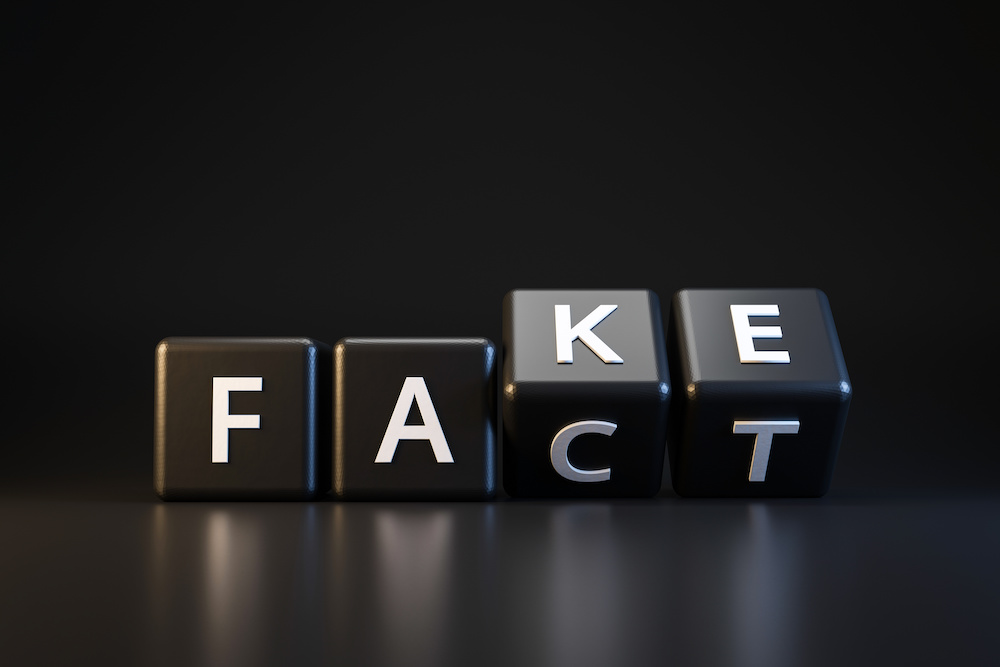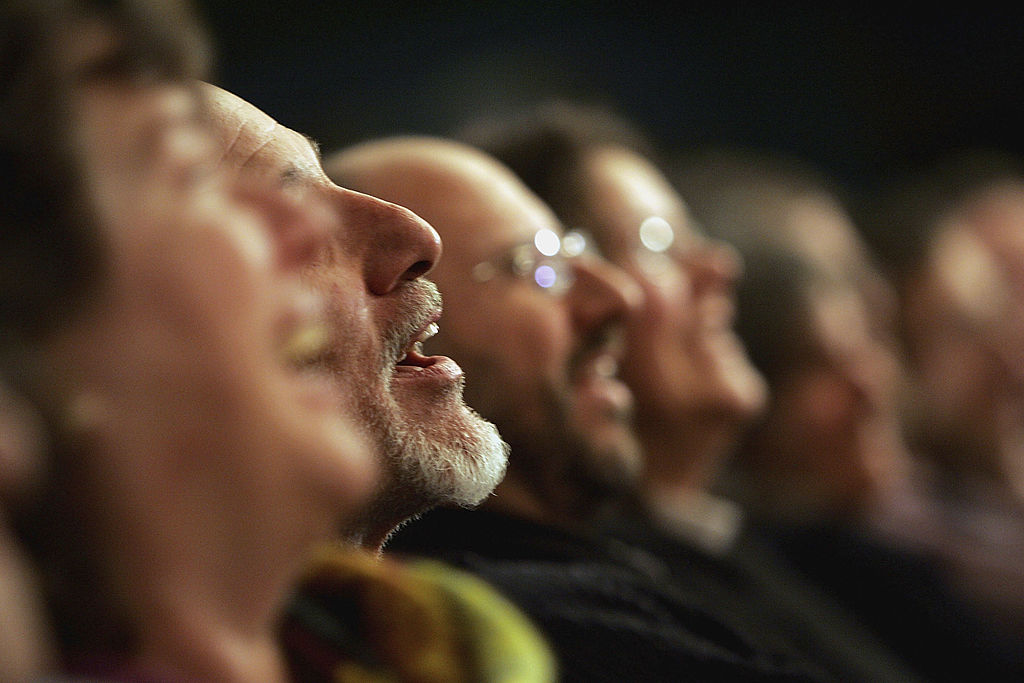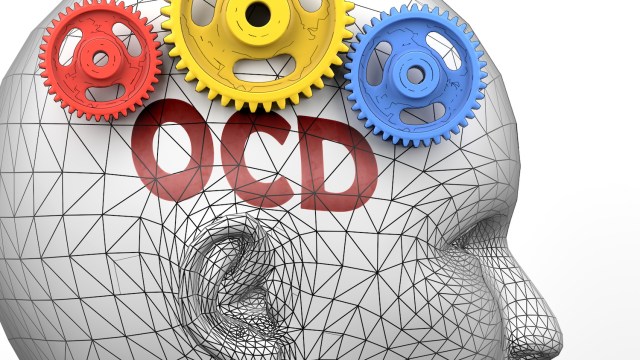Can you tell fact from opinion? Some languages sort it for you.

- The languages we speak and the grammar they use define, in part, how we see the world. Language constructs as much as is constructed by the world.
- One area in which this works is known as “evidentiality,” which is where a language system has information about knowledge built into itself — i.e. how do you know something.
- Only about 1 in 3 Americans can consistently identify factual statements and opinions, and most people are likelier to call things they agree with “facts.”
The language we use informs how we understand things. We often take for granted just how far words compartmentalize the world, such as in the sentence: A man (subject) sees (verb) a tree (object). Just three parts.
But the words we use do more than this. Language systems bias what we see. For instance, consider how gendered languages feminize or masculinize things. In Greek, “death” is masculine, but in Russian it’s feminine. In Spanish, a bridge is male. In German, it’s female. What’s more, Spanish speakers tend to describe bridges as being “big,” “sturdy,” and “strong.” German speakers will use adjectives like “elegant,” “slender,” and “pretty.” Two cultures using gender stereotypes — for bridges.
In other words, “grammatical category of the labels affected the semantic representation of the objects,” as a 2003 study noted. Grammar affects understanding. But one of the more philosophically interesting aspects of linguistics is known as “evidentiality.”
How do you know that?
The modern world demands a lot of bluff, bluster, and bravado. We’re often loathe and reluctant to admit just how unsure we are about certain things. It’s generally considered a bad thing if you don’t know something or to admit ignorance (especially when you “ought” to know).
Most modern languages reflect that. If we’re talking with friends and we repeat a statistic we sort of remember, our language presents it with the exact same certainty as everything else. To listeners, there’s really no way to tell whether you’re sure of what you say.
But certain languages have these knowledge concepts baked into their grammar. For example, the Fasu of Papua New Guinea will add “a-re” around a word if they have visual proof for it — so, “a-pe-re” would be “[I see] it is coming.” The Koasati language of the Native American Coushatta people will change words if they have auditory proof (i.e. they heard it themselves). The Carib language of South America has 17 different particles depending on how they learned something.
Many of these languages will divide words into “direct evidentials” (things that I’ve learned myself) or “indirect evidentials” (things that I’ve heard second-hand or had to infer). Matters get even more complicated when you consider indirect evidentials can be further broken down into “quotative” (hearsay or testimony) and “inferential” (deduced by some reasoning). For example, Paiwan spoken in South East Taiwan will have grammatical inflections for the sentence like “it rained last night,” depending on whether you saw it yourself or inferred it from the wet grass and deep puddles.
(All of the above examples are indebted to the brilliant World Atlas of Language Structures.)
The value of evidentiality
Knowing how we know something is important because we tend to give different weight and credibility depending on its source. Saying “I saw something” is treated more highly than “I heard from someone that…” It would be useful in life to know just how certain someone is about what they say.
The evidential vagaries of the most common languages in the world can be easily exploited. For instance, many of the news articles we read will artfully fuse facts with opinions — sometimes deliberately, sometimes not. In 2015, the Pew Research Center conducted an investigation into how well Americans could discern fact from opinion.
To do so, “respondents were shown a series of news-related statement […] five factual statements, five opinions and two statements that don’t fit clearly into either.” The study revealed that only 26% of adults could identify all of the factual statements, while 36% could spot the opinions. Also deeply unsurprising was that if “Americans see a news statement as factual, they overwhelmingly also believe it to be accurate,” and vice versa. We are more likely to call something a fact if we agree with it.
There are some people who are born into cultures where this appreciation of certainty or evidence is engrained in how they see the world. Of course, this does not mean that these languages or peoples are immune to lying or deception. It would be just as easy to say you saw something when in fact you only heard about it, for example. What’s more, while grammar systems like English don’t have ingrained evidentiality, it’s still a hugely versatile and adaptable language. Adding qualifiers like “it seems that,” “I reckon,” or “I think” before a sentence adds a touch of evidentiality.
If nothing else, the presence of evidentiality does raise interesting epistemological questions about how our cultures value and treat facts, opinions, evidence, and testimony. Perhaps it might be that some cultures are born to philosophy more than others?
Jonny Thomson teaches philosophy in Oxford. He runs a popular Instagram account called Mini Philosophy (@philosophyminis). His first book is Mini Philosophy: A Small Book of Big Ideas.





